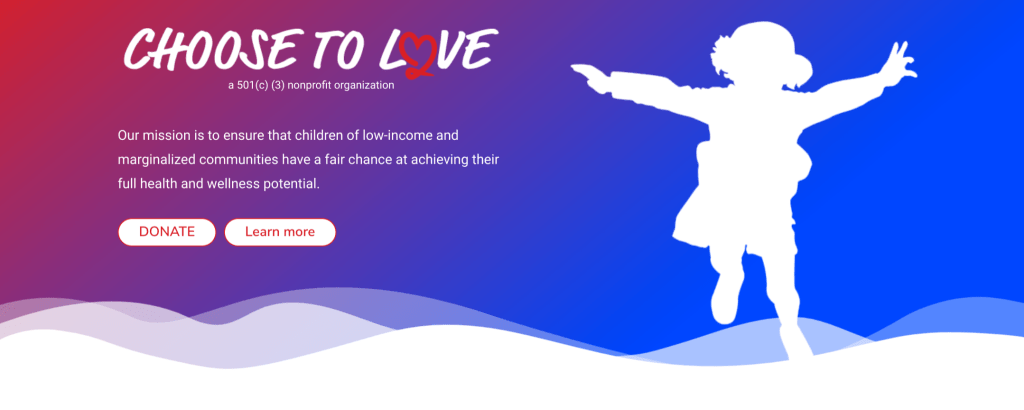 Best Practices
Best Practices
Anchor Text: Good, Better, and Best Examples
Anchor text is an important and often overlooked aspect of SEO onsite optimization. Understanding the role it plays in crawling evaluations can help you eke out incrementally better performance.
What is anchor text?
Anchor text refers to the words you click on when clicking a hyperlink on a website. Traditionally they are blue and underlined. While it may seem like a technical necessity, there is an art and a strategy to selecting text. The more you can tell your visitor about where they will go when they click the link, the better. Think about anchor text as a keyword, and a link as a vote in favor of the destination URL to rank for that keyword.
Examples of good, better, and best
- For our good example, we’ll make a link that is merely functional. It takes you from the page you are currently on to where you want to go.
To learn more about Lorem Ipsum, click here: https://www.dijonmarketing.com/blog/what-is-lorem-ipsum/
In the above example, the raw URL is not terrible since the URL has been well optimized for SEO and easily tells you the content of the link. - Still, it would be better to define some anchor text and hide the big, long URL. It can help with formatting as well not trying to cram that big long string onto a single line.
To learn more about Lorem Ipsum, click here.
That is much more compact and visually appealing. However, it is a little bit old school. When the internet was brand new and navigation wasn’t intuitive, it gave the user a directive of what to do. But it tells them nothing about what they will find. - The best anchor text in this scenario would tell the user what they will discover, as well as give directives to crawlers about the most valuable content available for a set of keywords.
Continue reading to learn more about Lorem Ipsum.
In today’s web, users can be trusted to know what a hyperlink looks like and to be able to decipher clickable text, so the words “click here” don’t need to appear.
You can see the evolution from good to better to best. If you discipline yourself to stop and think before every link is added to your website, you will see a benefit in your SEO performance. It’s a lot easier to do it right the first time than to go back and correct everything. Next time you see a good or better example, you’ll know how to make it best!












